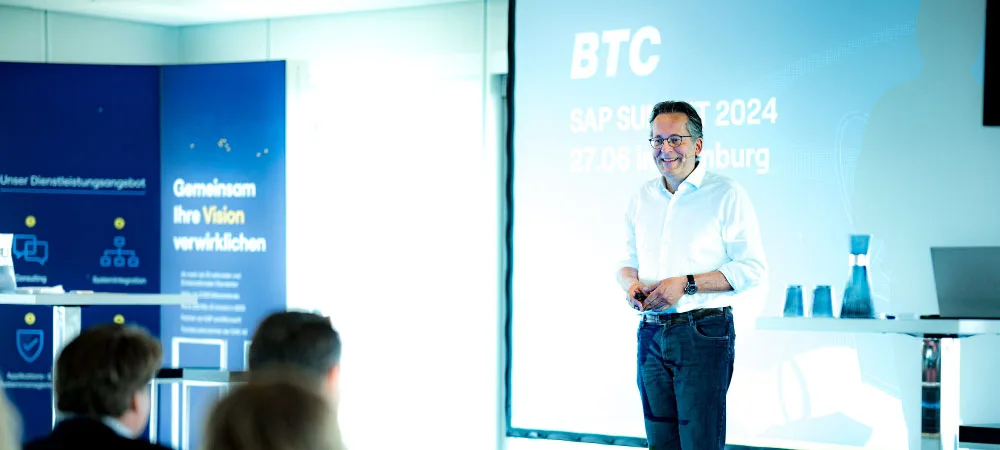E2E - do not administer, orchestrate


Part 1 - Stefan Autengruber:
Software Asset Management (SAM) systems measure SAP usage. This is comparable to a traffic count at a road intersection (API or interface).
However, it would be more correct to create a street mapping similar to a road map and to think in terms of processes and traffic flows. This is the only way to make license assignments in the new digital access licensing model clear and understandable.
Due to new requirements from existing customers and changed requirements due to new technologies, SAP announced a new licensing model for indirect use (Indirect Digital Access) in April 2018. At first glance, you don't see any systematics. However, anyone who can read SAP knows that there is structure behind it.
Data Architecture: SAP has sovereignty over master data. These may still be read out free of charge. Anything else would violate EU laws. SAP knows that, too.
However, if master data is processed in the SAP system, then another prerequisite comes into play, which is described under Application Architecture. The data always and clearly belongs to the customer.
Application Architecture: Anyone who processes master data with SAP Applications in the SAP system (availability check, pricing inquiry, order creation) is subject to licensing. That is clear to everyone.
SAP is generous and specifies in the new Digital-Indirect- Access pricing model only that value-added documents (and their line items) are counted. Non-value-added documents such as pricing requests and availability checks are free under this license model.
Technology Architecture: This is where it is decided where the documents are stored and how they are counted. It must be determined technologically who created a document and then selected. SAP is in the process of expanding the measurement tools accordingly, first and foremost LAW 2.0.
How the documents are counted and what licensing know-how is required for this is not revealed here. This much can be said: If you count the cars that travel a road and do not keep track of where they come from and where they are going, you can never become compliant. There is a lack of documentation of the entire route (that is, the entire process). But this is essential for accurate license determination.
Part 2 - Peter M. Färbinger:
Paper is patient, and if you stand at the intersection and draw a line on the paper for each car, the administration may be satisfied. But you can't capture the entire traffic system with these counting statistics.
Colleague Autengruber (on the left) is already right when he calls for capturing, understanding, analyzing and orchestrating traffic flows.
An ERP/CRM system is not defined by the number of interfaces, but by the E2E processes. For fair licensing, it is imperative to keep the big picture in mind.
A customs barrier at the system boundaries does not correspond to the essence of a holistic ERP system. In the past, however, SAP has been very happy to use the crossing of system boundaries as a reason for license demands.
When data was transported from an SAP system to a non-SAP system and possibly back again, SAP invoked "indirect use" and held out its hand for further license payments.
Here we want to ignore the legality of "indirect use" for a moment and focus on the three areas of data, application and technology architecture (see Autengruber on the left half of this page).
SAP wants to tax the creation of documents with a new license model. This fee is intended to be an alternative to the familiar "indirect use" and to untie the Gordian knot when a third-party application communicates with an SAP system (see also Interoperability of the EU Software Directive, E-3 Editorial June 2018, page 3).
However, in a networked, heterogeneous SAP system, it will not be easy to obtain a clear assignment of the place of origin of documents from the point of view of the different architecture models mentioned above.
You certainly can't count and charge for all the documents that pass by a randomly selected intersection. If one understands the entire architecture of an ERP/CRM/SCM system and knows the processes, then it may also be possible to determine the birthplace of each document in a reversible manner.
A new version of SAP's License Administration Workbench (LAW) is supposed to accomplish this feat. But who understands all IT architectures and E2E processes?





